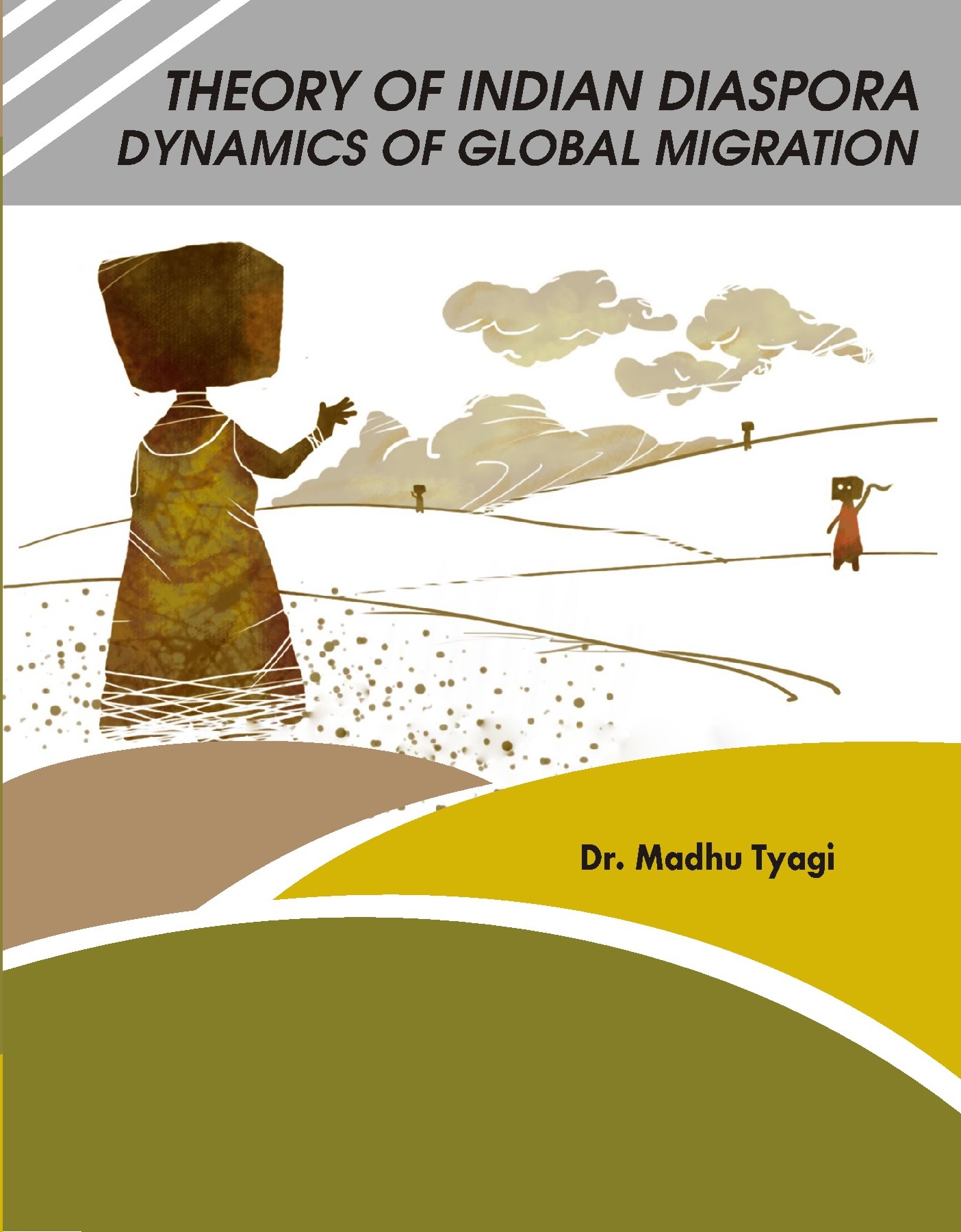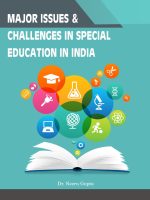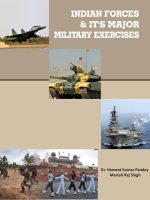In recent years, the term ‘diaspora’ has been more frequently used to characterise peoples existing away from their homelands. Khachig To¨- lo¨lyan, editor of the journal Diaspora, asserts that ‘the term that once described Jewish, Greek, and Armenian dispersion now shares meanings with a larger semantic domain that includes words like immigrant, expatriate, refugee, guest-worker, exile community, overseas community, [and] ethnic community’. Generally speaking, then, this mosaic of Indian identities abroad is presented as the mirror of India itself. India is diverse, and so too are its migrants. It is acknowledged that Indian migrants abroad tend to reproduce their own religions, family patterns, and cultures as much as possible. One is the prefix ‘Indian’. And the other is the term ‘dia-spora’. The implication of the first is that there is a single India with its people, who are somehow united under one flag. This is far from obvious. India has been described as a ‘nation and its fragments’ or an ‘invented nation.
The first and eldest migration flow was that of traders who began leaving the South Asian subcontinent in the earliest times and con¬tinue to do so until today in search of trade and business. Not surpris¬ingly, Indian coastal communities had already developed all kinds of profitable ties with East Asia, East Africa, and Central Asia in pre-colo¬nial timesThe second important current was that of Indian Indentured la¬bourers who left to replace the freed slaves in the nineteenth-century plantation economies. Although most of them may have intended to return to the sub-continent, in fact, many ended up staying to create new homelands abroad. The main difference with the trade diaspora, however, is the fact that much of this migration was ‘forced’ and not voluntary.










Be the first to review “Theory of Indian Diaspora: Dynamics of Global Migration”
You must be logged in to post a review.